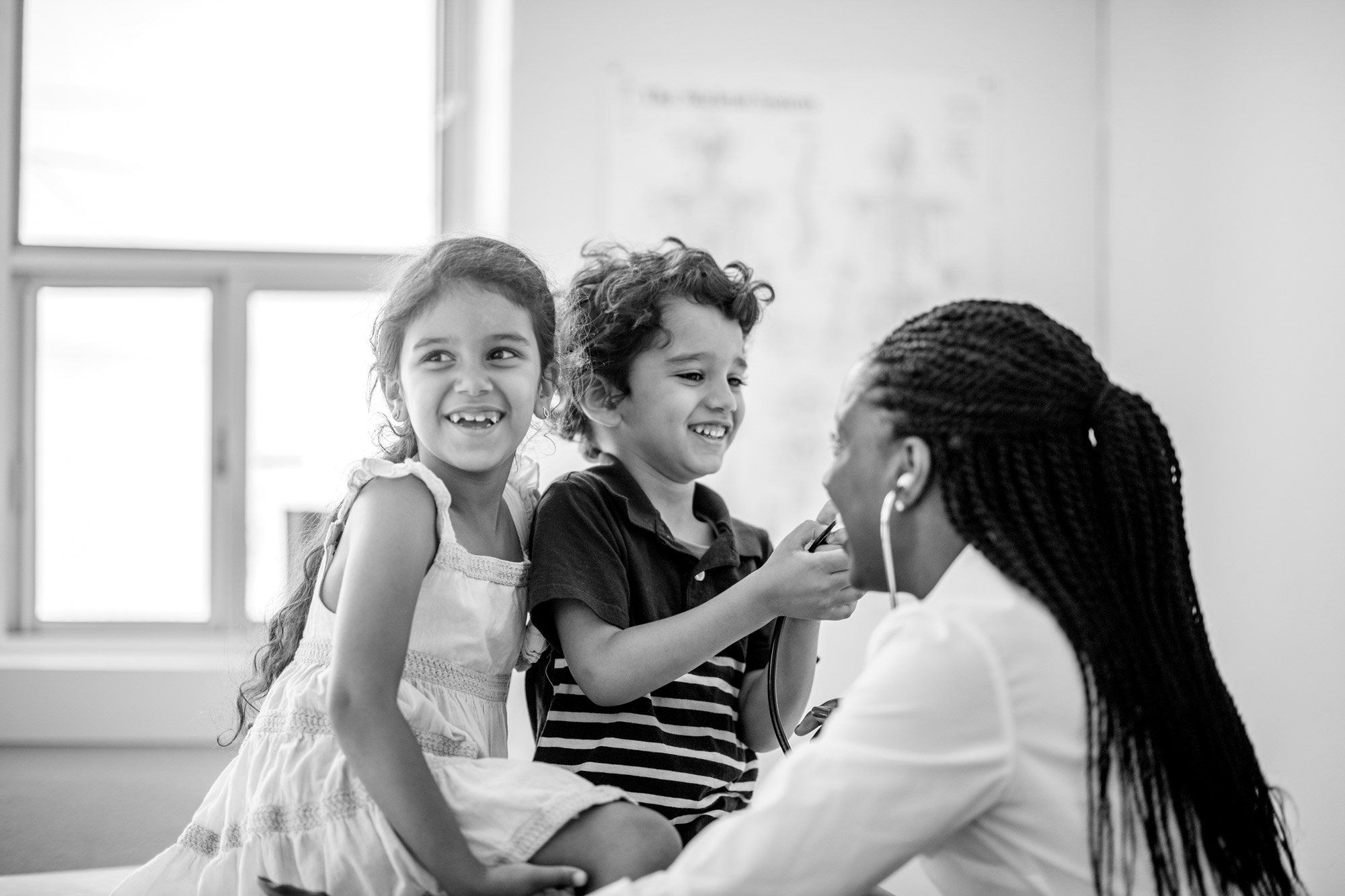
Early childhood is the time to build strong foundations for lifelong health. For children and families to realize future success, we need to provide the supports needed to raise healthy children and families now.
Thanks to steady investments Washington state has made in high-quality health programs and services, many families have already experienced improved health outcomes, both for children and adults. But the benefits of good health aren’t experienced equally. Glaring and longstanding disparities in child and family health outcomes still exist.
Improving health outcomes for children and families must focus on the “whole person” — going beyond physical health to include the behavioral, emotional, and social well-being of children and families.
To develop whole, healthy people, we need to focus on whole-person care.
We will need to foster collaboration among all who work with children and families to achieve healthy outcomes across physical, mental, and oral health. It will necessitate a greater emphasis on trauma-informed, culturally responsive care, and will require eliminating longstanding disparities based on race, poverty, and geography.
“Even with good intentions, we create systems that are actually most available to the ones with the least amount of struggle. That is an across the system problem, and we are a part of that system, and a part of that problem.”
– Physician
What Will Success Look Like?
Access to a medical home and regular well-child care is only part of the equation. By implementing the full suite of goals and strategies included in the ELCP, we will help support children’s, families’ and providers’ optimal health and development now and for years to come.
Goals
-
All communities have access to resources to support their family’s health, including their children’s optimal health and development, and ensure that long-standing inequities in health outcomes for Black, Indigenous and People of Color are eliminated.
-
Create and maintain racially equitable, integrated and coordinated health services that provide continuous promotion and prevention supports (no systemic gaps).

Strategies
-
Develop capacity in people and organizations, including building system- wide awareness, to deliver programs and services based on an understanding of how historical and generational trauma caused by historic oppression of Black, Indigenous and People of Color impacts health for these communities.
Supports Goal A
-
Build system-wide awareness of the unique fears/barriers facing immigrants (i.e., legal status, access to social and health services, etc.) that negatively impact their access to health services, and develop system responsiveness to these needs.
Supports Goal A
-
Ensure a system that provides “whole-person and whole-family care” (i.e., care that is centered on an individual while considering the needs and circumstances of the family) by eliminating fragmentation and integrating services for medical, dental, mental health and substance use disorders. Improve access to those services (addressing issues regarding transportation, lack of services in rural communities, language barriers, etc.) and enable families to seek those services in one location (i.e., health care hubs).
Supports Goal B
-
Identify gaps in continuity of services and eligibility, the causes of these gaps, and develop creative and flexible system redesigns.
Supports Goal B
-
Enhance healthy babies support and prenatal care to eliminate disparities in infant and maternal mortality rates. Dedicate targeted resources for wellness and prevention of abuse and neglect.
Supports Goals A and B
-
Eliminate disparities in expulsions for Black, Indigenous and Children of Color in early learning settings (including kindergarten through 3rd grade) with mental health and behavioral supports and resources.
Supports Goal A
-
Increase funding for and capacity to provide additional mental health supports for infants, children, families, schools and community providers.
Supports Goal B
Healthy Children and Families
At-A-Glance
Download a one-page summary that can provide quick access to the goals and strategies for this Outcome Area.
Explore Other Outcome Areas
-

Powerful Communities and a Responsive Early Learning System
-

Strong, Stable, Nurturing, Safe, and Supported Families
-

Positive Early Learning Experiences
-

A Strong and Supported Early Learning Workforce
-

Healthy Children & Families

